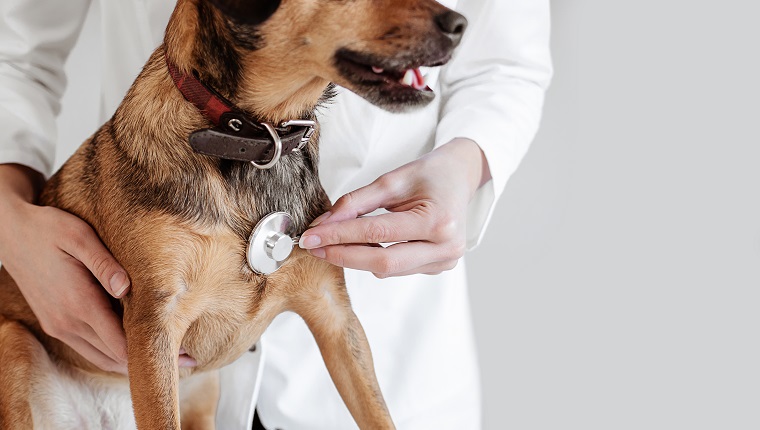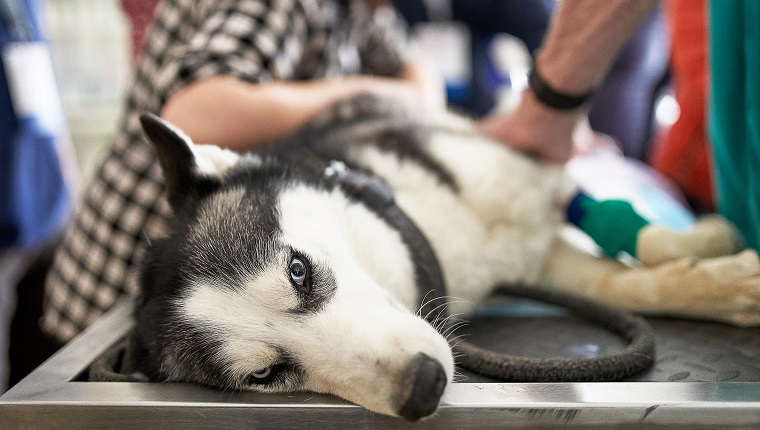Cyanosis in dogs is a medical condition that can cause a dog’s skin and mucus membranes to turn a blue color. It happens when red blood cells cannot carry sufficient oxygen around the body.
The condition can often result from an underlying heart or respiratory system disease. The prognosis for dogs is often poor, so it’s vital that you seek help from a veterinarian early on if you notice symptoms.
If you see signs that your dog’s skin is turning blue, then you must consult your veterinarian for a proper diagnosis and course of treatment. Here’s what you should know about the symptoms, causes, and treatments of cyanosis in dogs.
Symptoms Of Cyanosis In Dogs
Cyanosis in dogs is a condition that presents a range of symptoms. Some of the most common symptoms include:
- Breathing difficulties
- Cough that resembles a honking sound
- Heart sounding muffled
- Heart murmurs
- Seeming weaker than usual
Causes Of Cyanosis In Dogs

The cause of cyanosis in dogs often relates to the respiratory system. Some of the most common causes that involve the respiratory system include:
- Asthma
- Larynx suffering from paralysis
- Parasites in the lungs
- Inhaling smoke
- Lungs being bruised
- Pneumonia
- Sections of the trachea collapsing
Beyond the respiratory system, some of the other most frequent causes include:
- Damage to the muscles (especially the diaphragm)
- Suffering a stroke
- Brain tumors
- Poisoning
- Trauma to the brain
Treatments For Cyanosis In Dogs
If your dog begins to suffer from cyanosis, your veterinarian will use oxygen therapy to try to stabilize their condition. After that, they’ll carry out a full physical examination, along with blood, urine, and electrolyte tests plus an electrocardiograph (EKG).
The vet will also conduct a close examination of the lungs and the voice box.
When providing treatment, the vet will target the underlying condition. This course of action may involve surgery or a course of medication.
As ever, if your vet prescribes your dog medicine, it is vital that you stick to the precise dosage and frequency instructions, along with completing the full course of medication.
While your dog recovers at home, it is imperative to both keep an eye on any symptoms returning and schedule regular checkup appointments with your vet to properly monitor the state of the condition.
Has your dog ever experienced cyanosis? What caused your dog’s skin to turn blue? Tell us all about it in the comments below.





